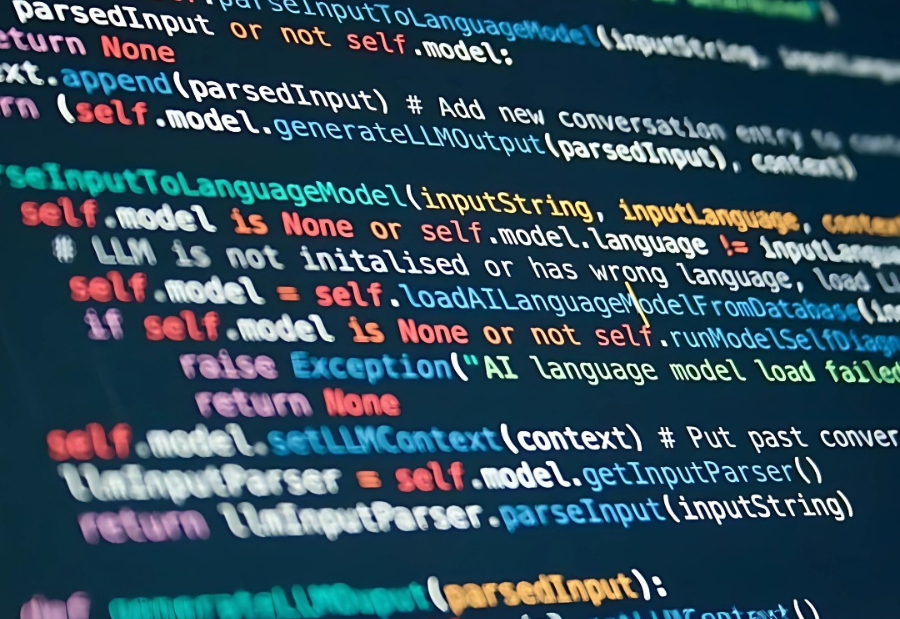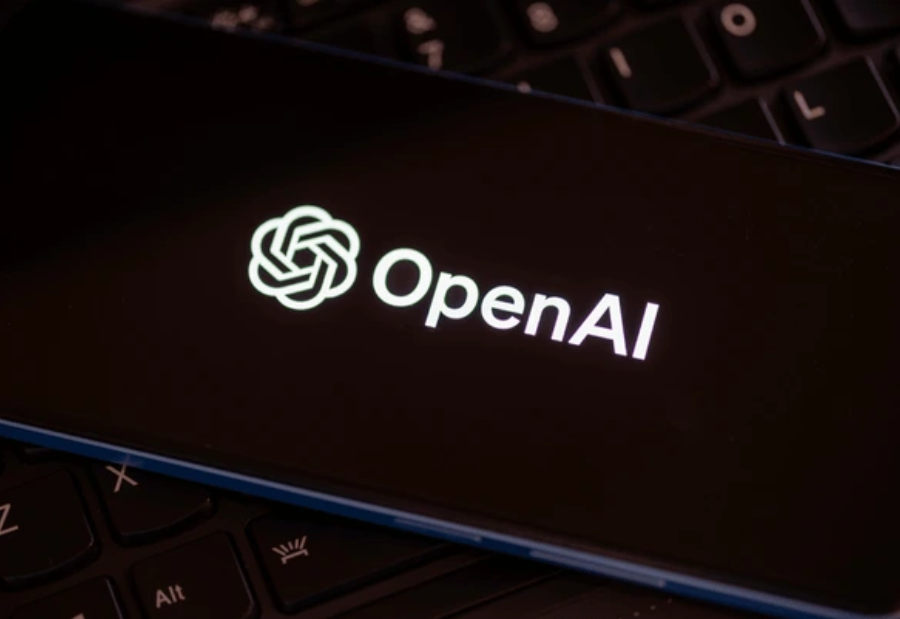Discover the most popular programming languages in 2025, emerging trends, and how the world of coding is evolving.
The world of technology is ever-evolving, and programming languages are the backbone of all digital innovation. They continue to adapt, driven by the growing need for efficiency, scalability, and integration with emerging technologies. If you’re a developer or tech enthusiast, you are most likely staying updated on programming trends to keep your skills sharp and relevant.
Today, you will learn about the major programming languages to watch in 2025, the features they bring to the table, and how the evolution of coding is influencing the tech industry.
Python
Python continues to dominate the programming world, and its importance will only grow in 2025.
- It remains one of the easiest programming languages for beginners, making it a great choice for new coders.
- From web development to machine learning, data science, and artificial intelligence (AI), Python is everywhere.
- With robust frameworks like Django and Flask, and machine learning libraries like TensorFlow, Python supports a variety of applications in both enterprise and startup environments.
Kotlin
Kotlin has rapidly become the go-to programming language for Android development, and by 2025, it’s expected to continue growing.
- Kotlin is fully compatible with Java, making it easy for developers to transition from Java to Kotlin without losing functionality.
- With less boilerplate code, Kotlin simplifies the coding process, reducing errors and improving developer productivity.
- It was officially endorsed by Google as the preferred language for Android app development, ensuring its widespread adoption in mobile development.
Go (Golang)
Thanks to its simplicity and performance, Go, developed by Google, is gaining popularity in the software industry.
- Known for its speed and efficiency, Go is ideal for high-performance applications such as cloud services and networking tools.
- Perfect for applications that demand scalability, Go makes it easier to handle multiple tasks simultaneously with its built-in concurrency features.
- Many large enterprises, such as Uber and Dropbox, are using Go to build their systems, further cementing its importance in the programming world.
SQL and NoSQL Databases
While not technically programming languages, SQL and NoSQL databases are crucial components of modern applications. Developers must understand how to work with these databases in 2025.
- SQL will remain the standard for working with relational databases, and its robust querying capabilities will continue to be in demand.
- NoSQL databases like MongoDB and Cassandra are increasingly being used for projects that require high scalability and flexibility, particularly for unstructured data.
Julia
Julia, designed for high-performance numerical and scientific computing, is gaining popularity in fields like data science and AI.
- Julia is designed for high-speed performance, offering capabilities that rival languages like C and Fortran.
- Unlike some other scientific programming languages, Julia has a user-friendly syntax that makes it more accessible to non-experts.
- As the demand for data science grows, Julia is becoming a go-to language for analytics and AI applications.
TypeScript
TypeScript, an extension of JavaScript, has been gaining traction and is expected to become a mainstay for large-scale JavaScript applications.
- TypeScript introduces static typing to JavaScript, reducing runtime errors and making it easier to spot issues during development.
- TypeScript’s integration with modern IDEs provides better tooling, helping developers write cleaner and more maintainable code.
- Major frameworks, including Angular, React, and Vue, are all embracing TypeScript, making it essential for JavaScript developers.
JavaScript
JavaScript is indispensable when it comes to web development, and it is set to remain a top contender in 2025.
- With frameworks like React.js and Node.js, JavaScript is now used for both frontend and backend development, enabling full-stack capabilities.
- It powers applications that require real-time interaction, such as messaging apps, online gaming, and live streaming.
- New updates to JavaScript (such as ES6) enhance its performance, making it more efficient for developers.
PHP
PHP continues to hold its place in web development, particularly for server-side scripting.
- It is still used in a wide variety of web applications, powering platforms like WordPress and Facebook.
- With the release of PHP 8, performance improvements and better error handling have made the language more efficient and faster than ever.
- PHP works well with MySQL and other databases, making it a popular choice for backend web development.
Rust
Rust is rapidly gaining popularity in 2025 and is likely to see an even more significant rise in usage.
- Rust is designed with memory safety in mind, avoiding common bugs that often plague languages like C and C++.
- It offers near-C performance while eliminating some of the complexities of low-level languages.
- With a strong focus on developer experience, Rust has cultivated an enthusiastic, fast-growing community that helps drive its development.
Ending Thoughts
To stay competitive and prepared for the challenges and opportunities of the future, developers should keep up with these trending programming languages. Understanding these languages and their evolution can help you stay ahead in the ever-changing tech industry.
Also read: Viksit Workforce for a Viksit Bharat
Do Follow: The Mainstream formerly known as CIO News LinkedIn Account | The Mainstream formerly known as CIO News Facebook | The Mainstream formerly known as CIO News Youtube | The Mainstream formerly known as CIO News Twitter
About us:
The Mainstream formerly known as CIO News is a premier platform dedicated to delivering latest news, updates, and insights from the tech industry. With its strong foundation of intellectual property and thought leadership, the platform is well-positioned to stay ahead of the curve and lead conversations about how technology shapes our world. From its early days as CIO News to its rebranding as The Mainstream on November 28, 2024, it has been expanding its global reach, targeting key markets in the Middle East & Africa, ASEAN, the USA, and the UK. The Mainstream is a vision to put technology at the center of every conversation, inspiring professionals and organizations to embrace the future of tech.




